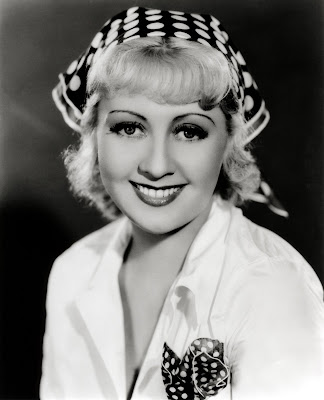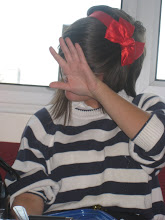I'm intrigued to find out where this came from and how far it goes back, as the pyrography pen which is sold today is obviously modified and it was done differently years ago. Here are some things I found out:
'Writing With Fire'
Pyrography comes from the Greek words 'pur' (meaning fire) and 'graphos' (meaning writing). People have probably 'written with fire' since fire was discovered. In early times pyrography, as it is today, was used for embellishments and decorating artifacts - then classed as folk art rather than paintings and scuptures.
According to Kathleen Menendez of the E-Museum of Pyrographic Art, the earliest survivng example of pyrography is a 'container' decorated with flowers and humming birds found in Peru - which seems to be one of the main birth places of pyrography. The container has been dated before 700 AD. However Patricia Arnold claims that the earliest surviving example of pyrography was found as a Roman caudex that dates back to the occupation of Britain in the 1st to 4th centuries.
In Europe, Asia, Australia and America pyrography was used to decorate artifacts such as musical instruments and kitchenware. In Europe the use of pyrography is thought to have appeared in the medieval and renaissance periods. The Great Masters were though to have used pyrography to decorate skirting boards in houses. Although this is not seen nowadays.
Pyrography became more popular in the Victorian times, and was accepted widely as an art form called 'pokerwork'. It was named this because it would consist of using a charcoal stove with holes all the way round into which pokers of various sizes and shapes were heated. The temperature had to be maintained and the only way of controlling the heat was to let the poker cool down. You could take courses in pyrography- of which an advert is seen below. Looking at the work done at this time it is suprising how good it is considering the tools they were using.
In the later Victorian times, better tools were used, including the blow pipe 'Vulcan Wood Etching Machine (also below), and similar benzine fueled devices. It was directed at women, appearing in women's magazines.


In the early 20th Century soldering iron types of pyrography tool were developed, which we see today and I have just bought. However, later in the century low voltage devices were developed which enable the user to have a lot more heat control, with the solid point.


























